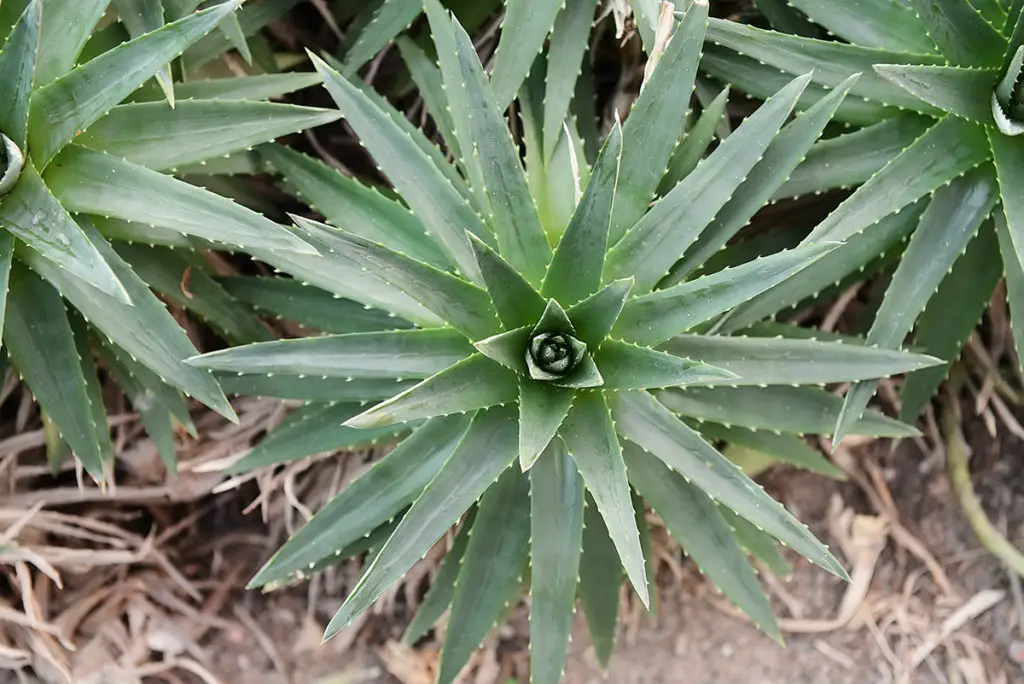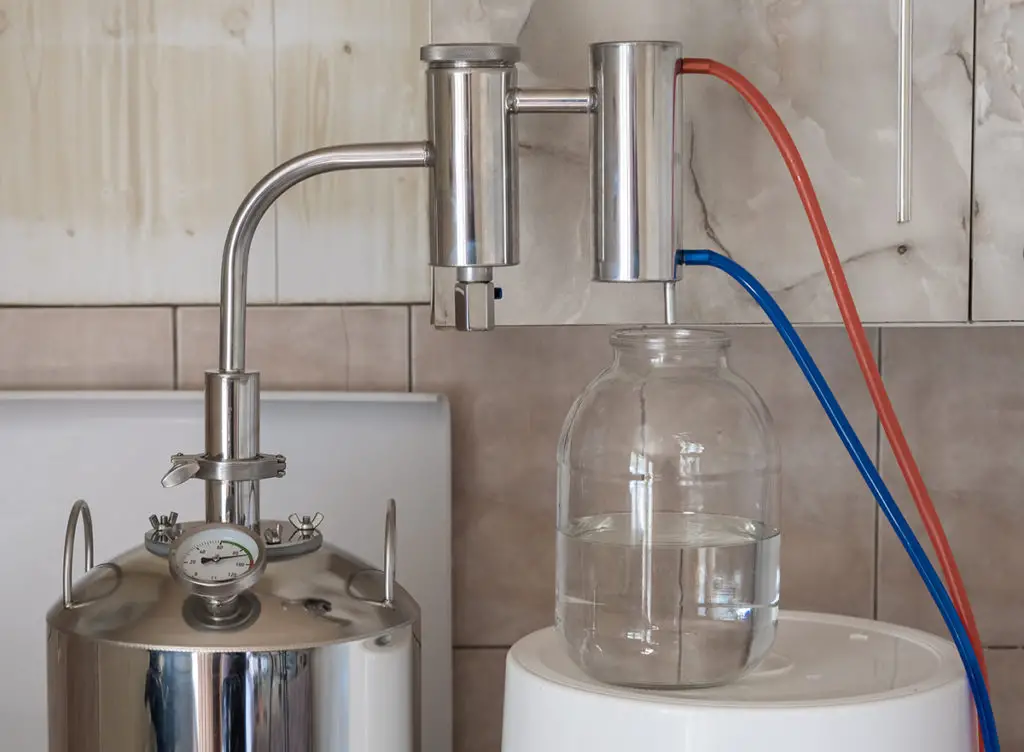If you’re a tequila drinker, you’re no stranger to the cost of buying it in the store. But is there a way to make it at home? Or is this even possible?
You can make tequila at home if you have the right ingredients and tools. However, hard liquor production is heavily regulated worldwide, and you need permits to produce homemade liquor, even for personal consumption.
Read on for more tips and information about making your own tequila!
Is Making Tequila at Home Illegal?
Making tequila at home is illegal without a permit. If you’re fully registered, though, nothing is stopping you from making tequila at home. However, the process is lengthy and expensive. While making tequila at home is something that you can do, it is heavily restricted.
If you distill tequila without a license, you could face federal and state charges.
To stay legal, you need to go through the process of getting permits. This involves registering your still, documenting the exact amounts produced, and declaring intent. As I said, the steps are many and it can be very costly.
Each state has different regulations about distilling hard liquor and its permit process. Check your state’s Department of Alcoholic Beverage Control for more information on how to start the process.
Can You Make Tequila at Home?
You can make tequila at home, and making it is similar to other hard liquors, but there are some significant differences. These make tequila a complex alcohol to produce outside of specific regions and without a lot of time. Tequila is one of the hardest liquors for home distillers to produce.
It’s time-consuming, expensive, and there isn’t a guaranteed reward. Not only that, but the ingredients can be tough and pricey to find, even at the best of times.
For example, you have to use the heart of an agave plant (piña) as the main ingredient, and it has to be fresh. You need at least 15 lbs (6.8 kg) of piña to make one liter (33.8 oz) of tequila.
What Is Agave?
Agave is a succulent similar to an aloe plant. They grow very slowly and can live for over a century. The blue agave is the best one to make tequila with and should be delicately prepared for the process.

Shaker & Spoon - We bring the bar to you! It's the perfect home happy hour🍸→ Get Your Drink Box
The amount of time it takes to let an agave plant reach maturity is a significant part of why tequila can be so expensive and hard to produce. The heart of the plant has to grow for at least seven years, and that’s the main part needed to make tequila.
Not only that, the heart of an agave plant is tough to harvest.
It’s dangerous, and contact with agave sap can give you burns or hives and can be very painful. You have to be careful while gathering and take the proper precautions.
To top it off, agave plants don’t typically do well indoors. This means that you have to let the agave grow in their natural environment, namely a desert, or you have to take special care to mimic a desert in your own home.
That’s part of why the only “true” tequila comes from certain designated regions in Mexico. This is similar to how the only true champagne comes from Champagne, France.
How To Make Tequila at Home
Making tequila is a little different from other liquors. You must take some extra steps to get the best results. Again, you should make sure that the agave has reached maturity and that you have all the materials you need before you begin.
This is intended as a hypothetical scenario and how someone might go about making tequila. It’s an advanced liquor, and only those who have distilled alcohol before should attempt.
1. Get the Tools You Need
There are a lot of tools you’ll need, which are used both for the harvesting process and also for the distilling process.
You need safety gear to avoid burns and pokes from the agave sap and spines, as well as a sharp tool, ideally a machete or even an edged tool that you can use to remove the leaves. On top of that, you also need something to cut through the heart of the agave.
The tool that most distilleries use is called a No products found. (Amazon). It’s a round, flat tool on the end of a long handle. It’s used by driving the metal end down into the base of the leaves and shaving them off.
Next, you need an oven and trays large enough to hold a whole agave heart. This needs to go into an oven for at least ten hours to cook down and make it safe to consume.
You’ll also need a still. These may also need to be registered, so check with your state. These should be large enough to hold all of the juice, and you need to have a space to store them safely.
2. Shred the Heart
The piña needs to be shredded and the juice harvested after it has been cooked.
Most companies use an industrial mill to separate the juice from the pulp. You could break the piña down into smaller chunks and then grind it, but the heart is tough.
Once the juice has been removed, you can start fermenting the agave juice. You can add yeast if you like, but the natural yeast on the agave leaves should be enough to get the process moving.
3. Distill the Alcohol
The next step is to refine the weak fermented alcohol into something more robust.

This is where you need to be careful with legality. It’s not illegal to make the weaker versions of the booze, but you need permits to make something a lot stronger and distill it.
This process usually takes a couple of hours and is where the alcohol content rises even more. You’ll want to distill the tequila twice. Twice distilled tequila is also called “silver” tequila and is considered the purest since it tastes more like blue agave than other varieties.
4. Age the Tequila
Tequila should be aged for the bare minimum of 14 to 21 days. It’ll come out looking very similar to when it went in, which is clear. Gold tequila is made when you blend aged tequila with ‘silver’ tequila.
The longer you age tequila, the deeper golden it’ll turn. This color emerges after several months of aging in aged oak barrels.
If you can get access to another type of barrel, aging tequila in them will bring out other flavors. Some companies also use bourbon barrels to add sweetness to their tequila. It’s also a great way to work with other distilleries.
5. Appellation
Once the tequila has been aged and bottled, the next step is to confirm its authenticity. Larger distilleries then have the honor of calling their authentic liquor tequila.
If you’re making it at home and don’t reside in Mexico, you cannot confirm the authenticity. Specifically, you need to live in Guanajuato, Jalisco, Michoacán, Nayarit, or Tamaulipas to qualify.
It’s believed that tequila originated in Jalisco, and the whole state has a special designation as the heart of tequila country.
Final Thoughts
While you can make tequila at home, it’s not recommended. You need to go through the long process and get all of your permits in order before beginning. Not only that, it isn’t very practical to make your own if you don’t live in the American Southwest or Northern Mexico.
